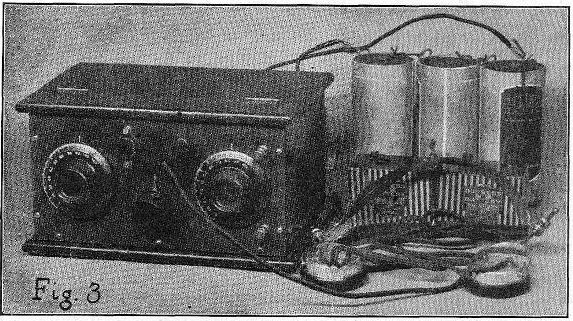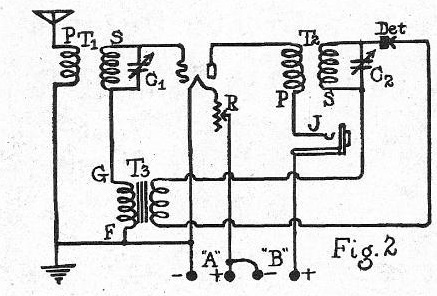 A hundred years ago this month, the May 1924 issue of Boys’ Life showed scouts how to put together this one tube broadcast receiver. The design was the winner of a contest put on by the magazine as the very best one-tube receiver. The winner was C.H. Brown of Edgewood, Maryland.
A hundred years ago this month, the May 1924 issue of Boys’ Life showed scouts how to put together this one tube broadcast receiver. The design was the winner of a contest put on by the magazine as the very best one-tube receiver. The winner was C.H. Brown of Edgewood, Maryland.
The magazine noted that the set was not regenerative. That was good, in that it wouldn’t break into a squeal to the consternation of listeners living nearby. It could be used for ‘phone signals, modulated CW, and spark transmissions. It was, however, no good for those newfangled CW signals that were showing up on the air.
A number of tubes could be used in the set, such as a UV-199, C-299, UV-201A, or C-301A. The set used a reflex design, meaning that the tube had two functions. It first amplified the incoming RF signal, which was then detected by a crystal detector. It was then fed back to the same tube which amplified the audio. This design accounted for the extraordinary distance and volume of which the set was capable.
Total cost was said to be about $18.00.

